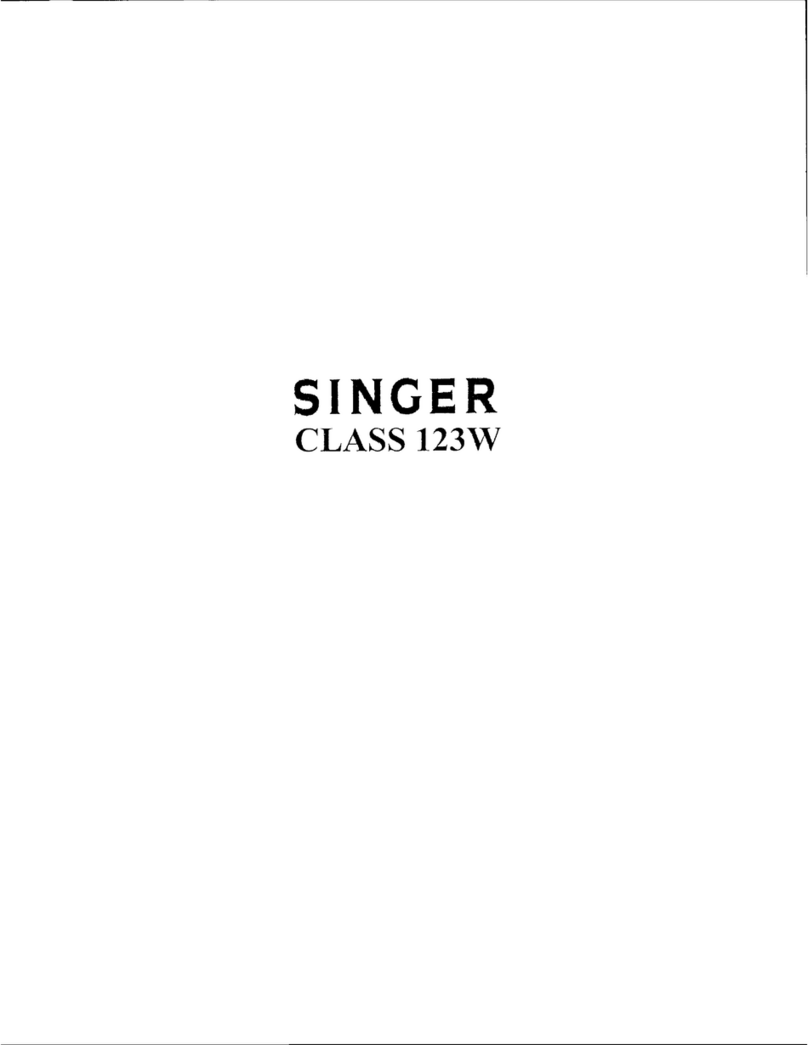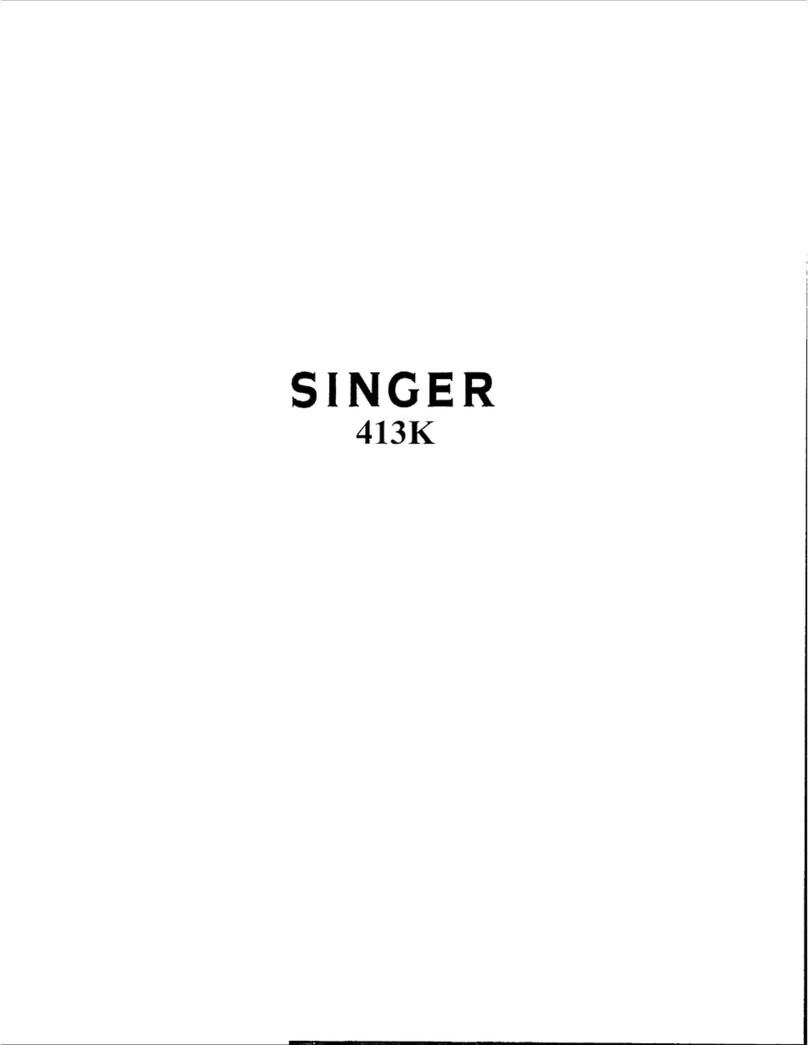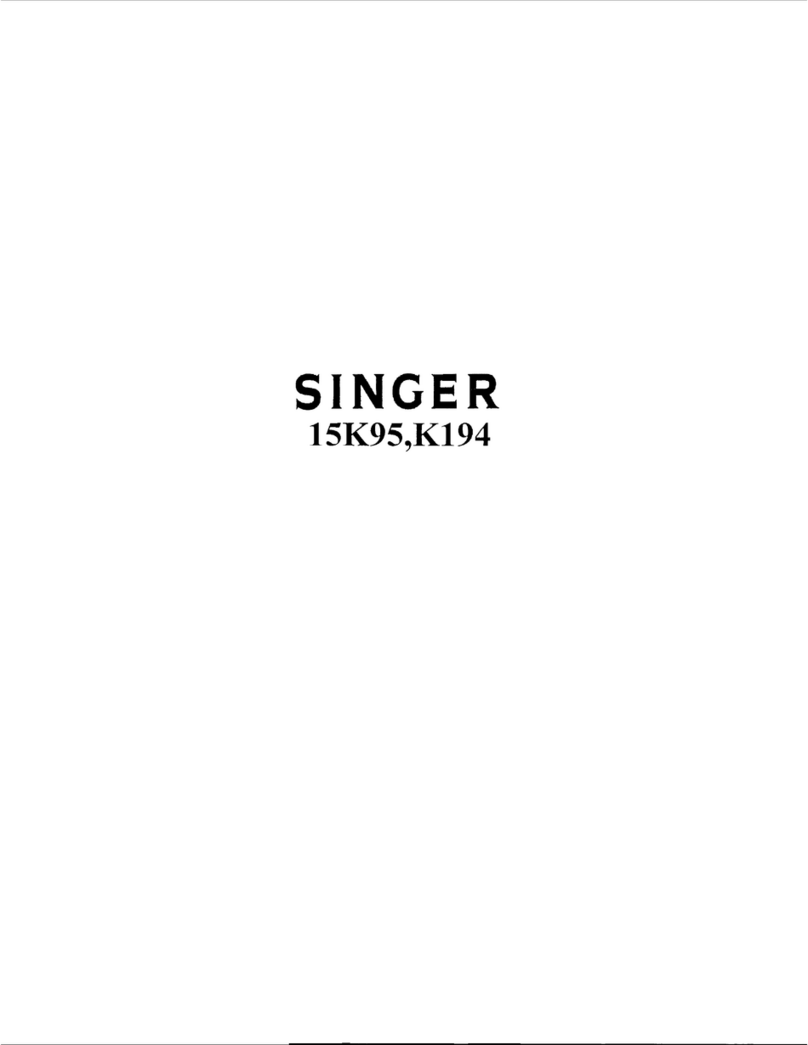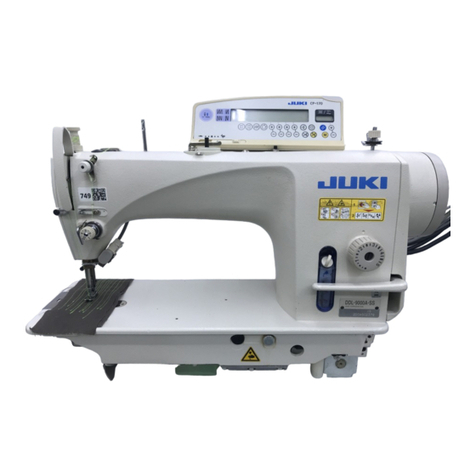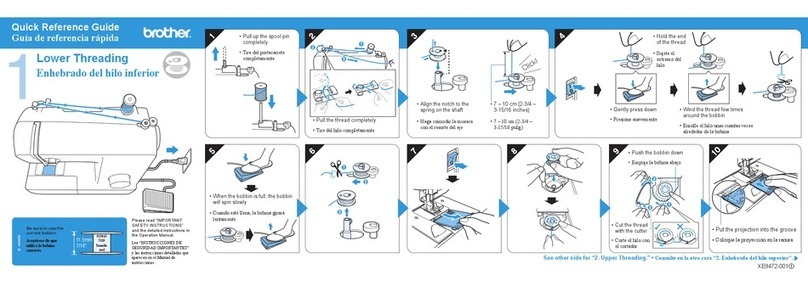Singer 3851 User manual
Other Singer Sewing Machine manuals

Singer
Singer 62-55 User manual

Singer
Singer 15-90 Installation and operation manual
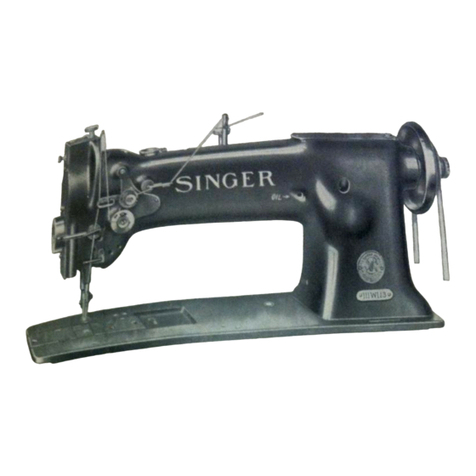
Singer
Singer 111W112 Quick start guide
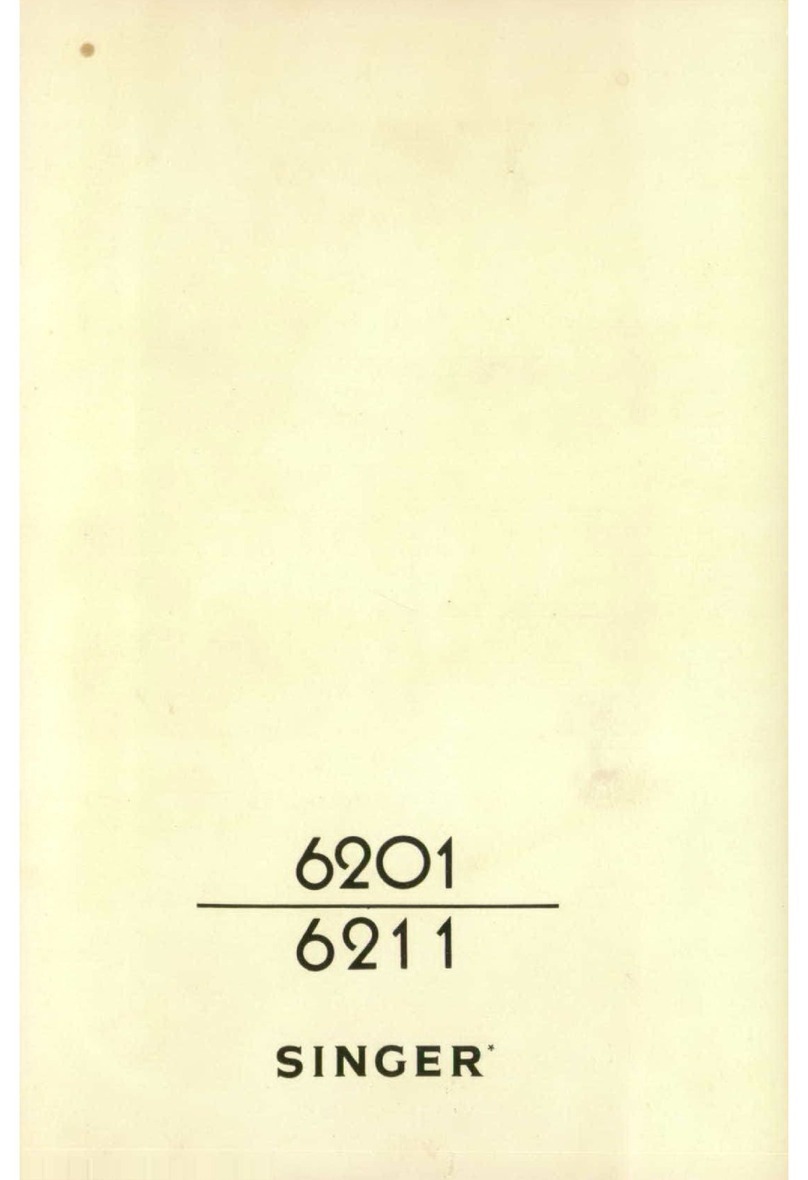
Singer
Singer 6201; 6211 User manual
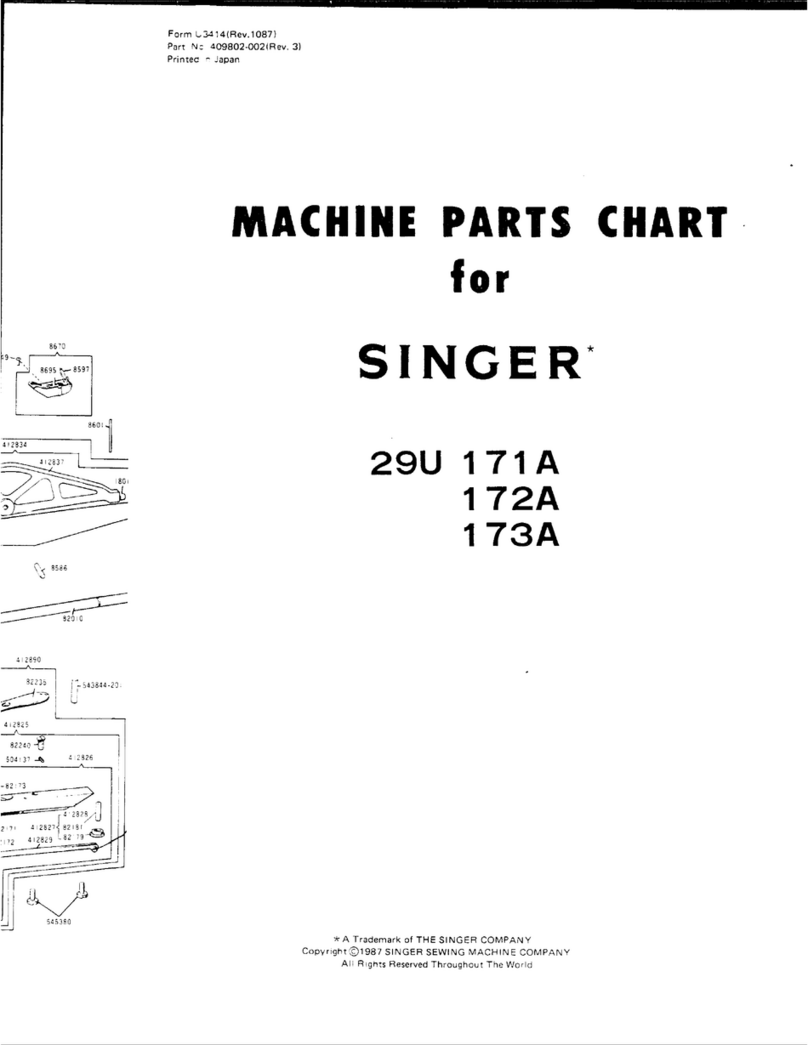
Singer
Singer 29U 171A User manual

Singer
Singer XL-50 User manual
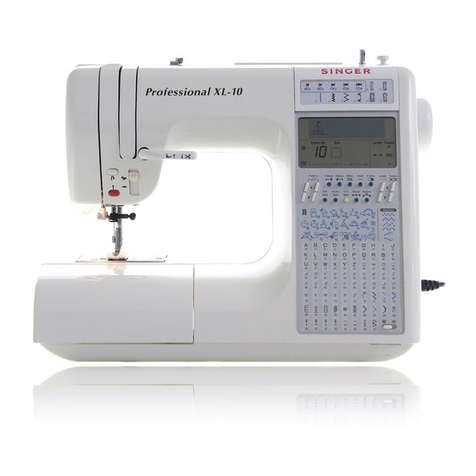
Singer
Singer CXL User manual
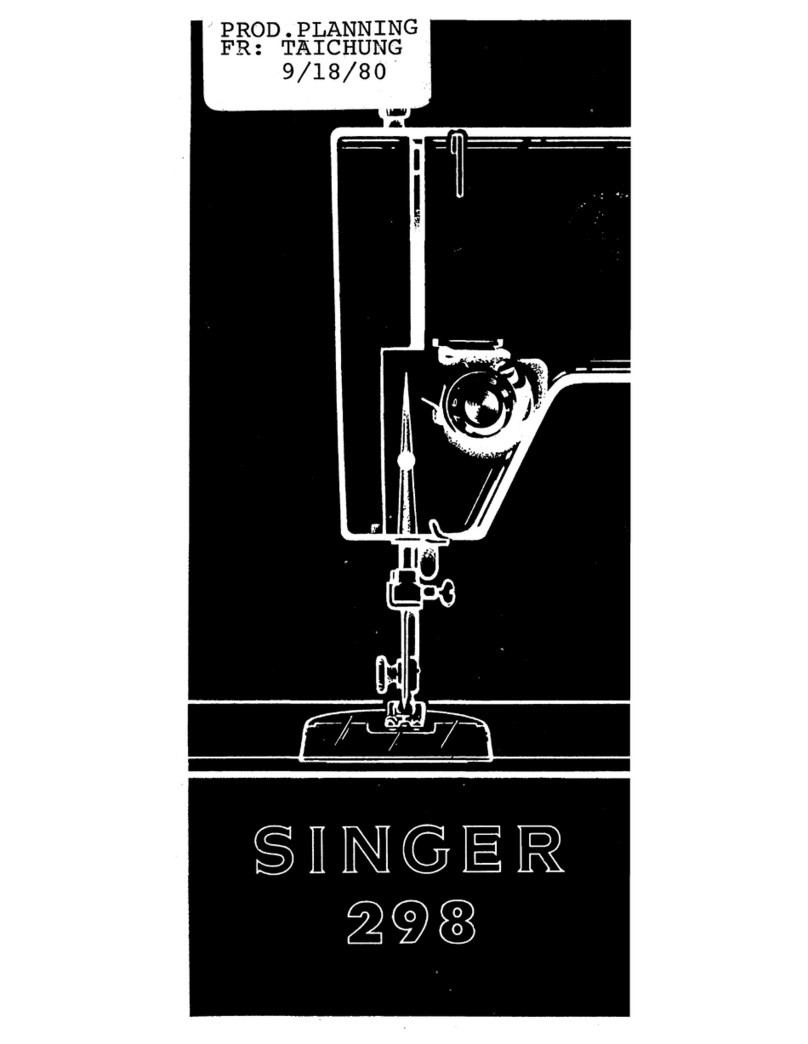
Singer
Singer 298 User manual
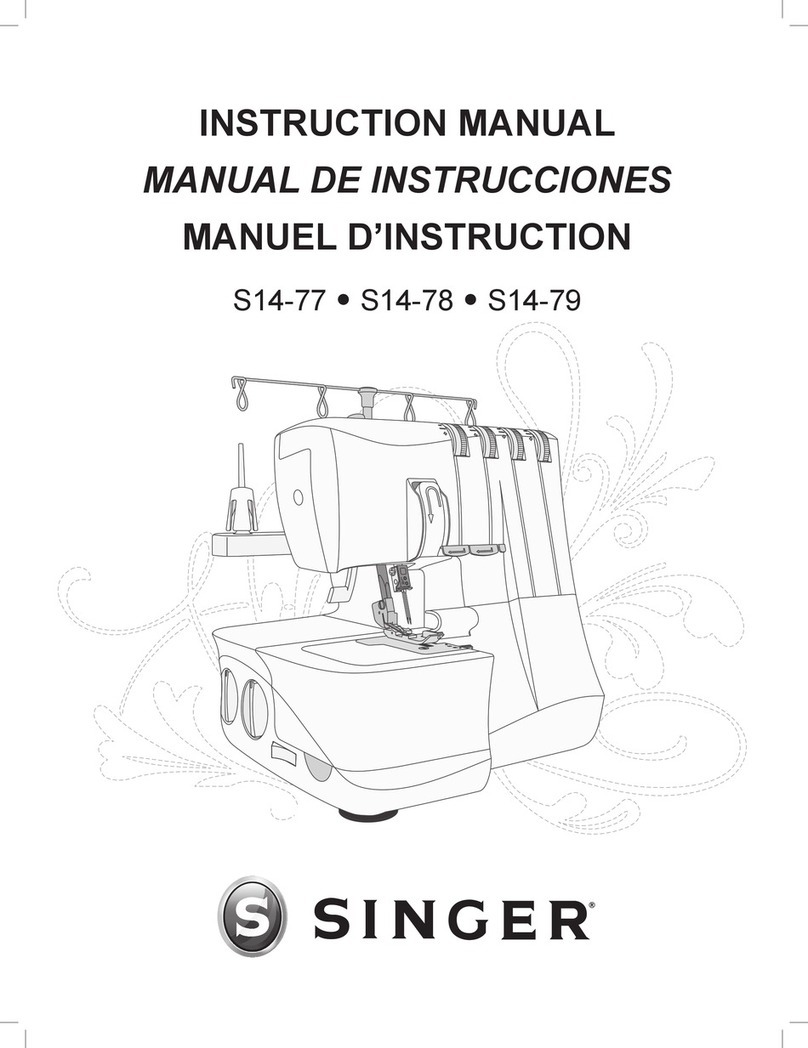
Singer
Singer S14-77 User manual
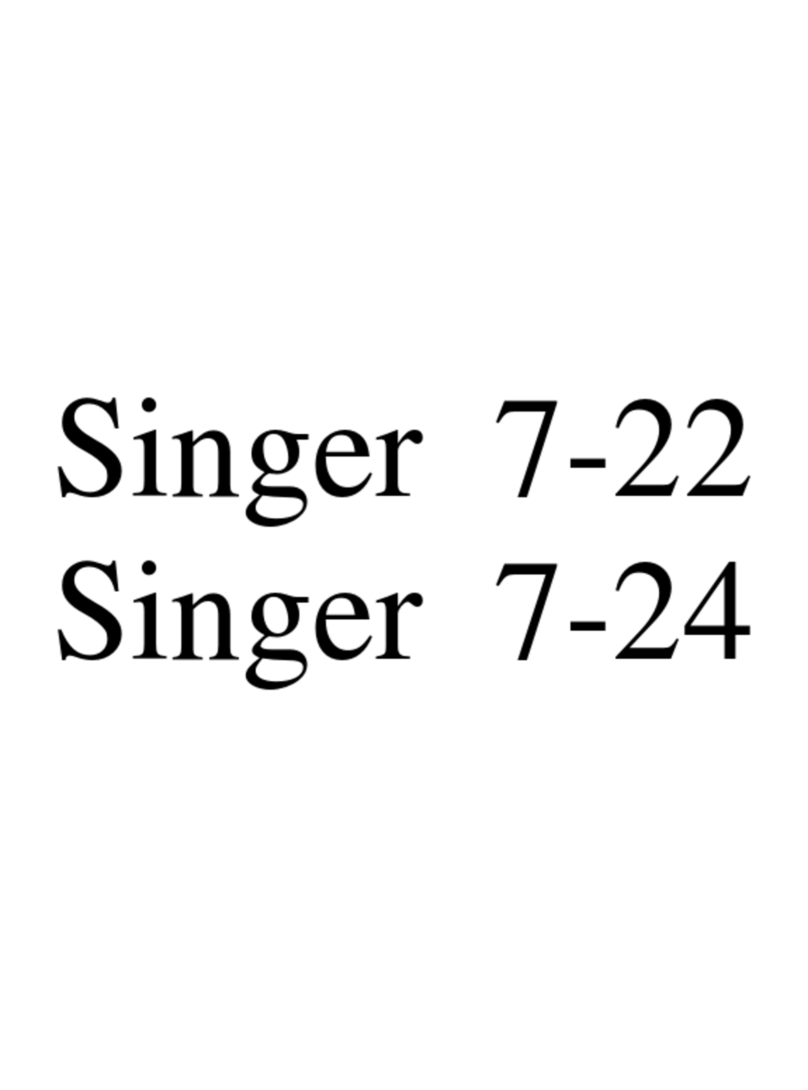
Singer
Singer 7-22 User manual
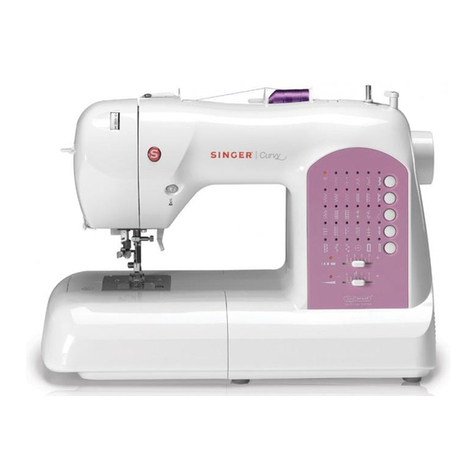
Singer
Singer 8763 CURVY User manual
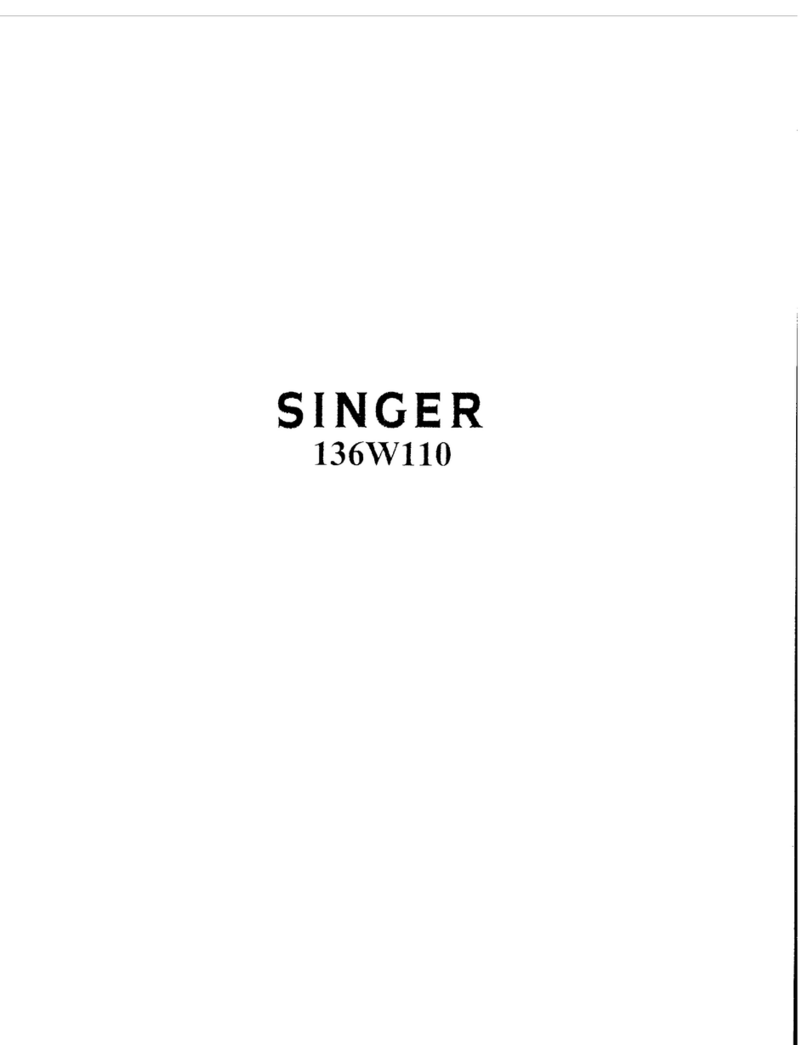
Singer
Singer 136W110 Quick start guide
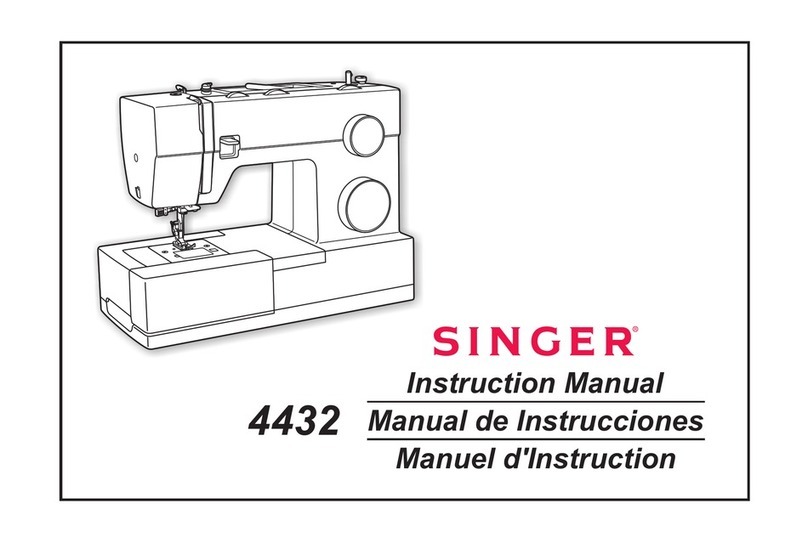
Singer
Singer 4432 User manual
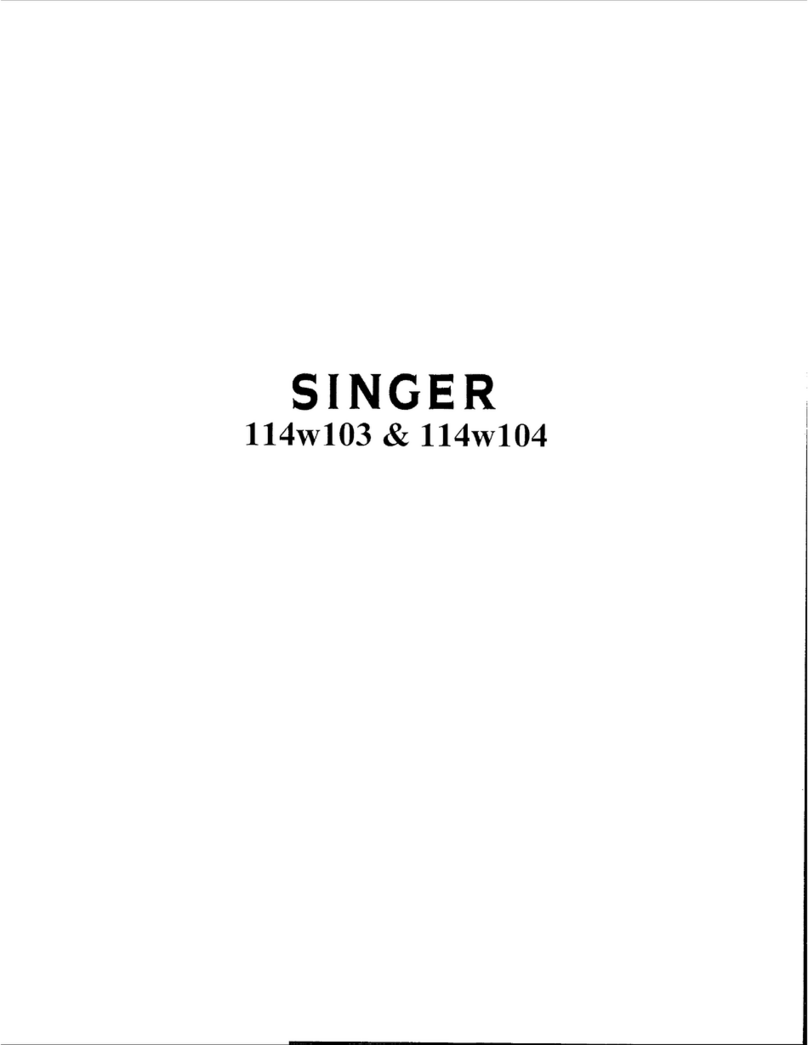
Singer
Singer 114W103 Installation and operation manual
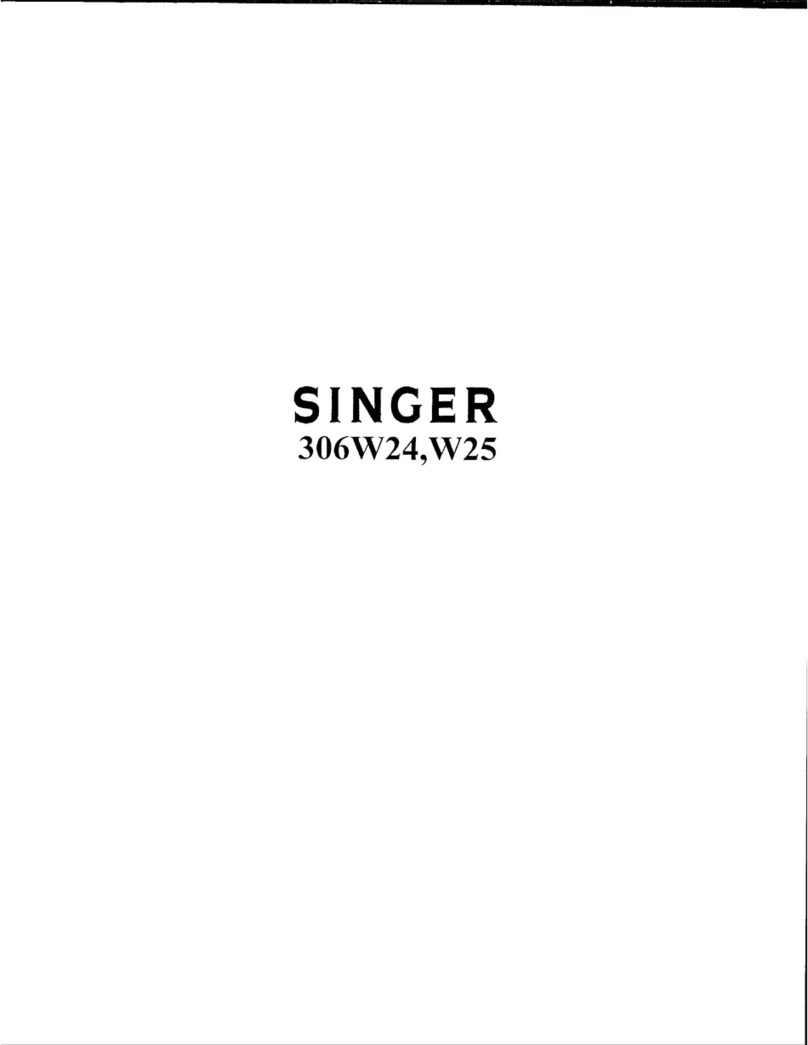
Singer
Singer 306W24 User manual

Singer
Singer Imperial 7005 User manual

Singer
Singer 6215 User manual
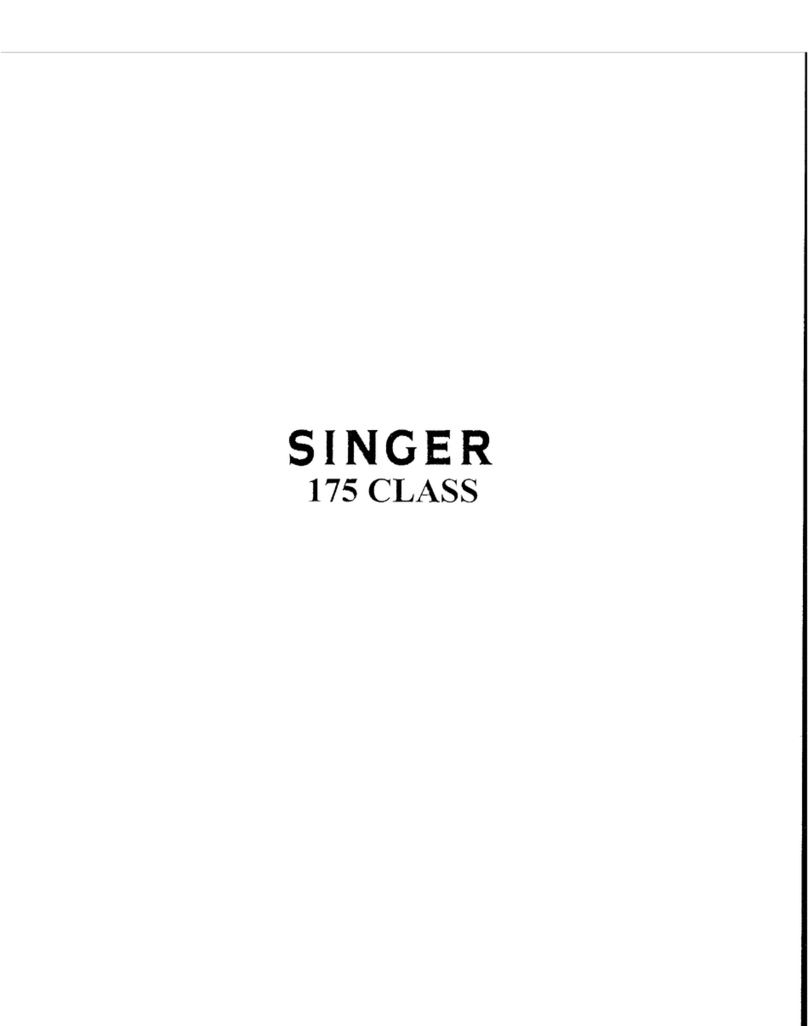
Singer
Singer 175 User manual
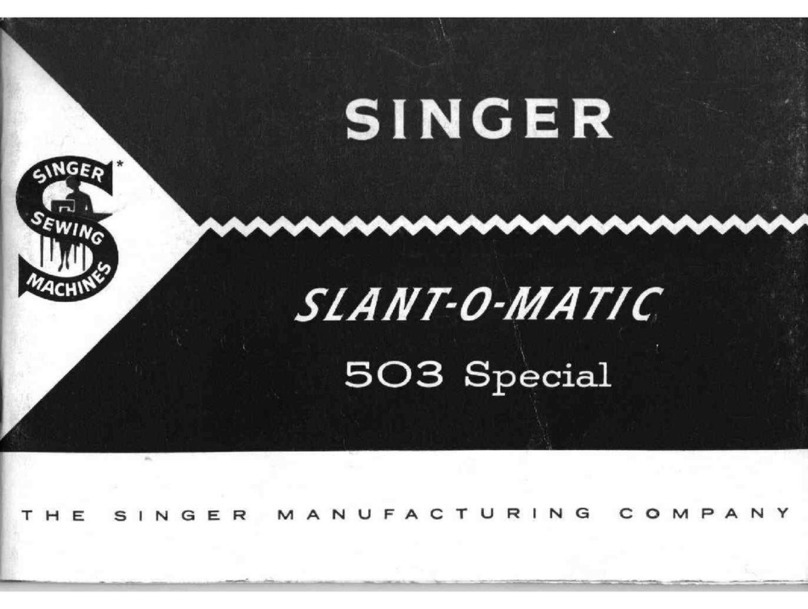
Singer
Singer 503 User manual
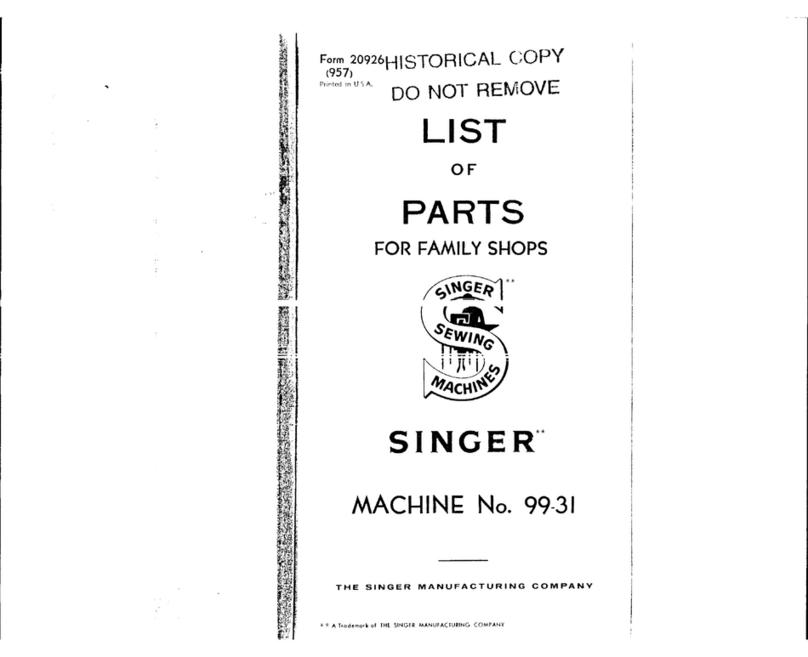
Singer
Singer 99-31 User manual
